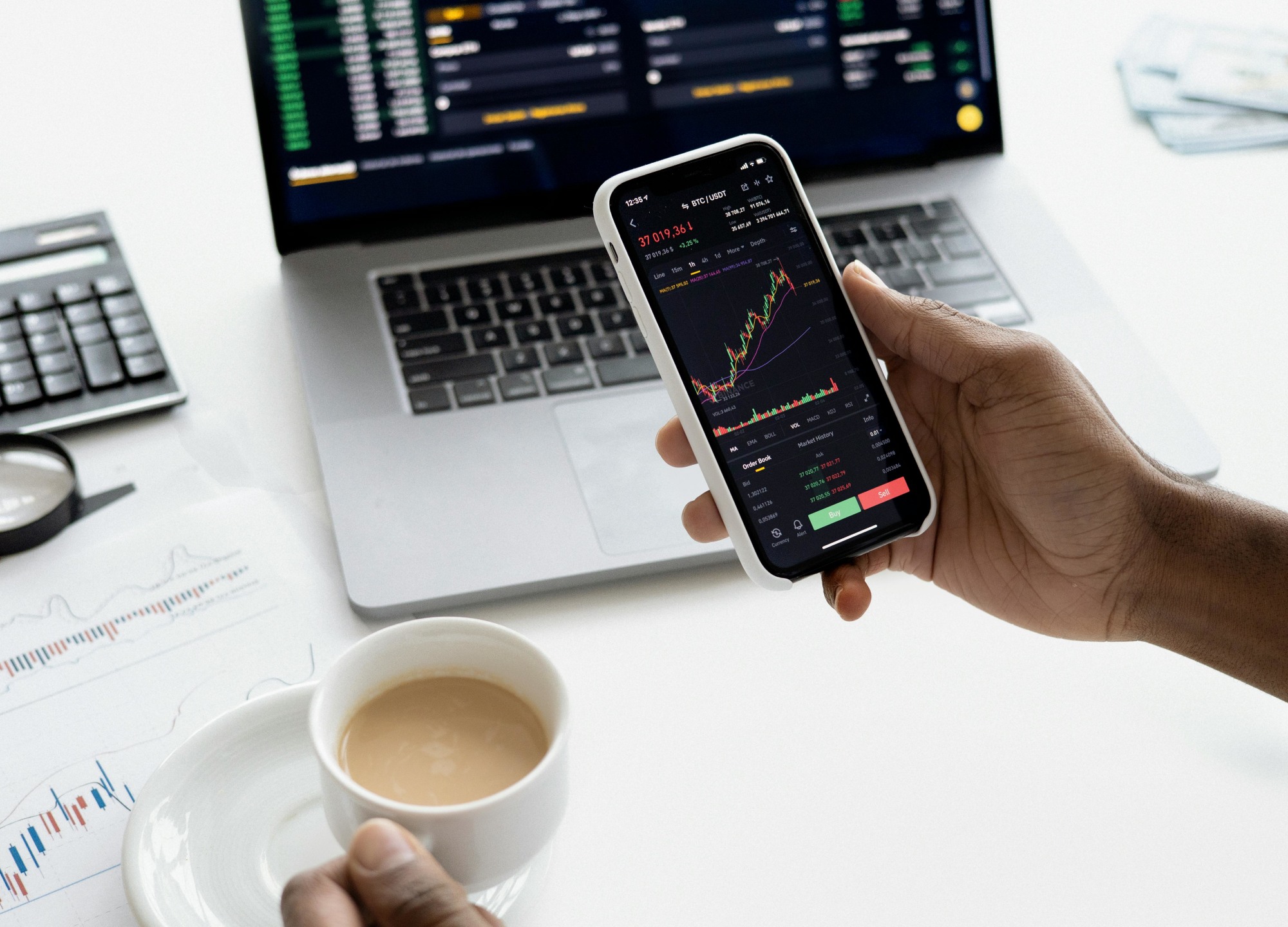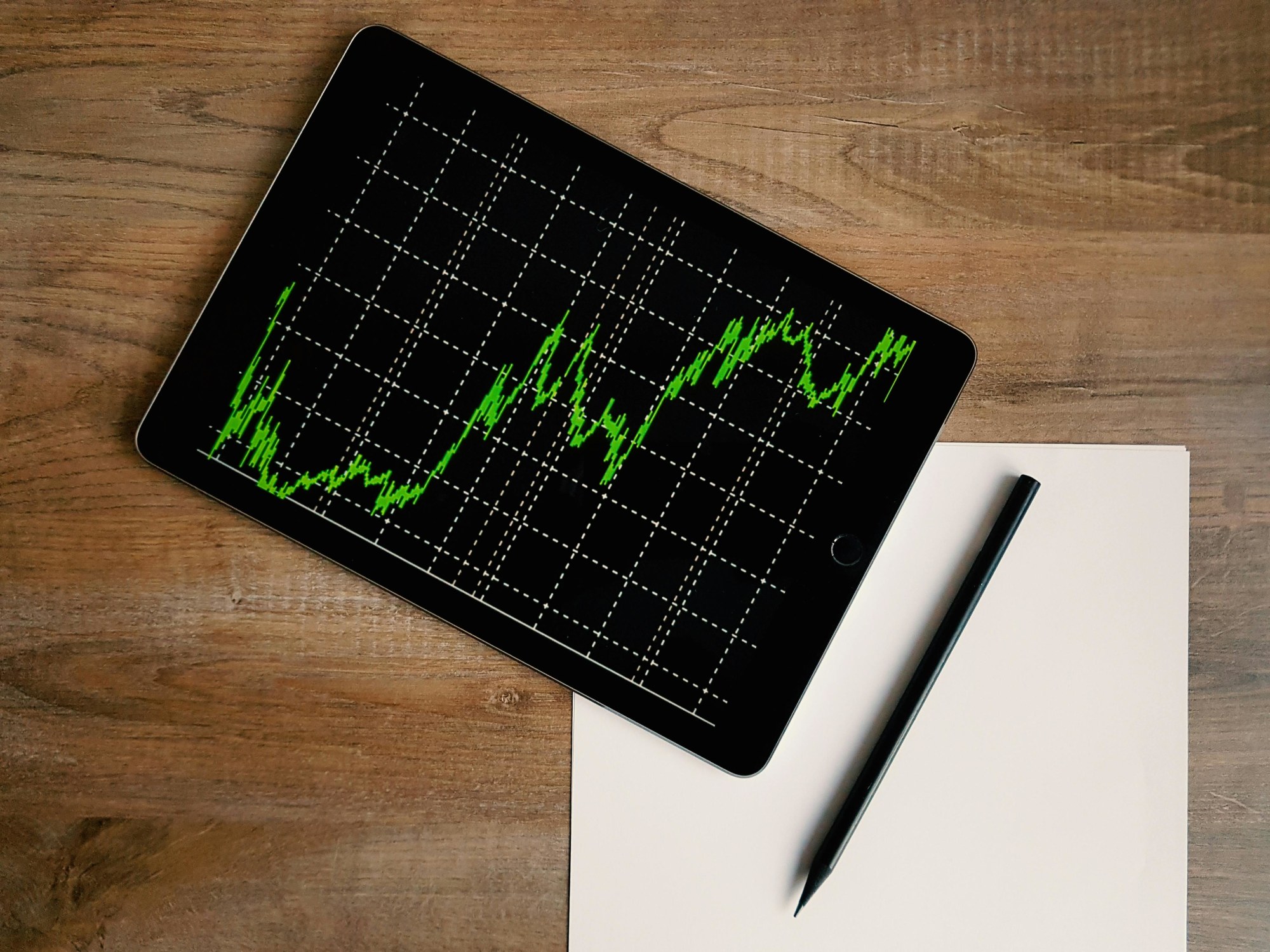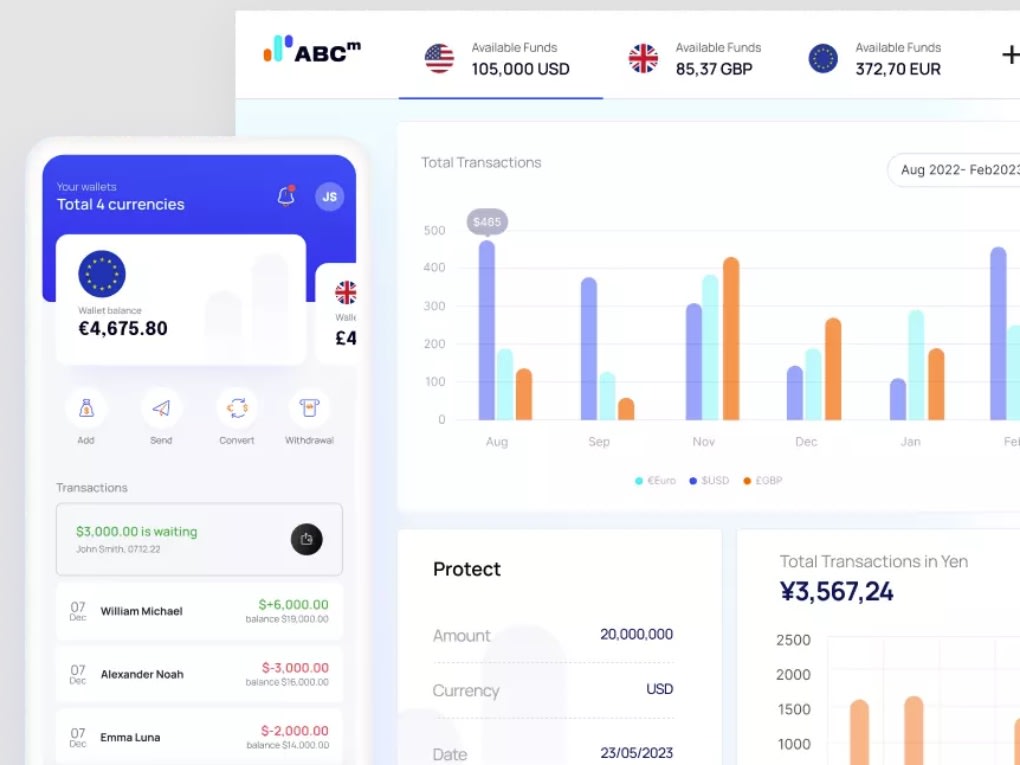Invest
What are passive investments
Passive investing is the go-to strategy for individuals who do not wish to spend too much time managing their investments or don’t have as much knowledge to maintain an active portfolio.
What are passive investments
Passive investing is the go-to strategy for individuals who do not wish to spend too much time managing their investments or don’t have as much knowledge to maintain an active portfolio.

This doesn’t necessarily mean that investors are missing out on substantial growth because long-term investors have seen the power of passive investing over the years. On the year leading up to April 2017 alone, managed funds containing passive investments saw a 28 per cent increase.
What makes passive investments ‘passive’?
Some define passive investing as simply buying index tracking funds and waiting for financial returns, but there is more to the strategy than investing in index funds. Passive investing doesn’t only mean applying the buy-hold-and-forget approach.
Passive investments are considered passive when investors have a clear idea of their investment objectives and prevent their emotions from swaying their investment decisions—unless there is a real threat.
It’s also not a buy-and-forget investment because forgetting is the last thing an investor should do with invested money. Instead, passive investments should be a buy-review-rebalance (as necessary) type of investment commitment.

Pass on constant trading, pass on tracking market price movements—that is what passive investing is. Investors need to stay focused and exercise a lot of discipline even in volatile markets to reap financial rewards.
Passive investment options
Inflation, interest rates and share prices will rise and fall, but having a diverse portfolio to counter their effects and investing in effective products helps counter negative effects.
Some of the best investments for passive income are:
- Certificate of Deposit or Term Deposit
- Index funds
- Exchange traded funds
- Dividend stocks
- Government bonds
- Investment bonds
Certificate of Deposit or Term Deposit (CD or TD)
Certificates of deposit (CDs), more commonly known as term deposits (TDs), are high-interest deposit savings accounts that are locked in for a fixed term.
Financial institutions offer short, medium and long-term lock-in periods ranging from 8 days to 5 years, which can be terminated or renewed once the term matures. However, withdrawing from TDs within the term will incur steep early withdrawal fees.
This means an investor who wants to ensure that their investment retains liquidity may divide their money to enrol in several short or medium terms, or use a laddering strategy to keep a portion of funds liquid while the rest earns interest.
Index funds
Index funds are managed funds that track or try to replicate the performance of specific markets. Instead of buying specific company shares, investors who purchase these managed funds own a small portion of all the companies that make up the market.
Since money is invested in the fund and not in specific companies, the professionals who manage the fund will do the ‘heavy lifting’. Investors don’t need to keep rebalancing what is included in the portfolio.
If one of the top companies perform miserably, the investor does not need to execute a trade for the company’s share because the fund manager will already fix the fund’s portfolio.
Index funds can be traded in the share market. However, the price which an investor receives for the underlying assets depends on its net asset value (NAV) at the end of the trading day.
Exchange traded funds (ETFs)
Exchange traded funds are similar to index funds. The difference is that ETFs track benchmarks and usually cost less, especially since investors are not required to pay regular fees to financial advisers.
ETFs can also be traded like stocks at any time the market is open, so it’s a little more liquid. However, trading ETFs is not recommended because it can incur high fees, even if they cost less than index funds. This is why ETFs are best held as passive investments.
Dividend stocks
Dividend stocks are investments on companies that regularly pay dividends to its shareholders.
The goal is to receive a regular income stream from dividend payouts and reinvest them in either the same company or to a different dividend-paying company. However, it is important that investors do their due diligence and choose their investments wisely.
With a smart investment in dividend stocks, investors can benefit from both short and long term financial growth if the dividend payouts are reinvested.
Government bonds
Bonds—depending on the type—expose investors to lower risks, but government treasury bonds are probably the safest among them all.
Government bonds come in the form of exchange-traded Treasury Bonds (eTBs) and exchange-traded Treasury Indexed Bonds (eTIBs), and may be traded like shares in the Australian Securities Exchange (ASX)s.
Just like any debt security, investing in government bonds mean an investor will receive regular coupon or interest payments until maturity, or when they will also receive the face value or their principal investment.
There are also many corporate bonds available in the ASX, but they pose a little more risk.
Investment bonds
Unlike the typical bonds, an investment bond is a combination of two useful products: a life insurance policy and an investment portfolio.
The investor’s life (and health, if applicable) is insured, and they will nominate a beneficiary who will receive the insurance payout, including investment returns, in case of death.
As an investment vehicle, the insured is given a range of investment options to choose from according to their objectives and risk tolerance. Their portfolio will be managed by the company’s professional fund managers.
Investment bonds are tax paid investments, but as long as the insured doesn’t withdraw any of their investment within the first 10 years, they will be able to benefit from the returns tax-free beginning on the 11th year regardless of their age. Any income received from investment bonds from its 11th year onwards do not need to be included in the insured’s tax return.
They can also make additional contributions of up to 125 per cent of their previous year’s contribution, allowing them to maximise the returns of their investments. It may also serve as an investment vehicle to put their money in when they reach the superannuation contributions cap.
As long as investments are left alone, investors wouldn’t trigger management fees—a favourable reason to passively invest.
Rebalance your passive investments
Despite the growth of passive investments during a volatile market, it’s important to understand that it is risky to remain too passive.
Even passive investors need to check their investments regularly to confirm if it is still aligned with their investment objectives.
Do not, under any circumstances, rebalance investments based on fears about the market conditions. Remember that passive investing means walking past that fear in favour of long-term growth. However, don’t ignore clear market signals about specific investments ending in loss.
Remember: passive investments is not about forgetting invested money. It is maintaining the discipline to look at the big (long-term) picture while riding out the little bumps and shifts along the way.
This information has been sourced from ASX.
About the author

About the author


Stock market
International stocks: Diversifying your portfolio beyond Australia
In an increasingly globalized market, Australian investors have the opportunity to enhance their investment portfolio by incorporating international stocks. Diversifying your investments globally can ...Read more

Stock market
Stock market rally likely to continue regardless of Fed minutes tone, says deVere CEO
The bull run that has propelled Wall Street's major indexes to record highs this month is expected to continue regardless of the tone of the upcoming Federal Reserve minutes, according to Nigel Green, ...Read more

Stock market
US stock rally driven more by valuation growth than earnings, leaving tech names vulnerable: Innova
The strong gains in US stocks over the past year, particularly in the technology sector, have been driven more by expanding valuations than underlying earnings growth, leaving them exposed to a ...Read more

Stock market
Sun Silver to make its ASX debut with a $13 million IPO
Sun Silver Limited (proposed ASX Code: "SS1") has announced the opening of its Initial Public Offering (IPO) today, aiming to raise a minimum of $10 million and a maximum of $13 million (before costs)Read more

Stock market
Nasdaq hits record high, underscores the value of tech in investment portfolios
The Nasdaq Composite's surge to an all-time high last Friday highlights the importance of incorporating technology into investment strategies. Read more

Stock market
Apple sets an unprecedented profit pace within the GAFAM group in 2023
After navigating through the economic difficulties presented in 2022, the technology sector has demonstrated resilience and growth, with many companies seeing increases in revenue and stock value. Read more

Stock market
Fintech startup okoora unlocks over $3 billion in forex savings for businesses
Fintech innovator okoora has announced it has saved customers a monumental amount over $3 billion through international foreign exchange transactions. Read more

Stock market
Google's Gemini edges out ChatGPT4 in groundbreaking AI showdown
Google's latest AI model, Gemini, has edged out OpenAI's ChatGPT4 in a recent set of rigorous multi-discipline tests, marking a significant milestone in the large language model (LLM) sector. Read more

Stock market
International stocks: Diversifying your portfolio beyond Australia
In an increasingly globalized market, Australian investors have the opportunity to enhance their investment portfolio by incorporating international stocks. Diversifying your investments globally can ...Read more

Stock market
Stock market rally likely to continue regardless of Fed minutes tone, says deVere CEO
The bull run that has propelled Wall Street's major indexes to record highs this month is expected to continue regardless of the tone of the upcoming Federal Reserve minutes, according to Nigel Green, ...Read more

Stock market
US stock rally driven more by valuation growth than earnings, leaving tech names vulnerable: Innova
The strong gains in US stocks over the past year, particularly in the technology sector, have been driven more by expanding valuations than underlying earnings growth, leaving them exposed to a ...Read more

Stock market
Sun Silver to make its ASX debut with a $13 million IPO
Sun Silver Limited (proposed ASX Code: "SS1") has announced the opening of its Initial Public Offering (IPO) today, aiming to raise a minimum of $10 million and a maximum of $13 million (before costs)Read more

Stock market
Nasdaq hits record high, underscores the value of tech in investment portfolios
The Nasdaq Composite's surge to an all-time high last Friday highlights the importance of incorporating technology into investment strategies. Read more

Stock market
Apple sets an unprecedented profit pace within the GAFAM group in 2023
After navigating through the economic difficulties presented in 2022, the technology sector has demonstrated resilience and growth, with many companies seeing increases in revenue and stock value. Read more

Stock market
Fintech startup okoora unlocks over $3 billion in forex savings for businesses
Fintech innovator okoora has announced it has saved customers a monumental amount over $3 billion through international foreign exchange transactions. Read more

Stock market
Google's Gemini edges out ChatGPT4 in groundbreaking AI showdown
Google's latest AI model, Gemini, has edged out OpenAI's ChatGPT4 in a recent set of rigorous multi-discipline tests, marking a significant milestone in the large language model (LLM) sector. Read more








